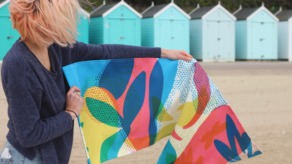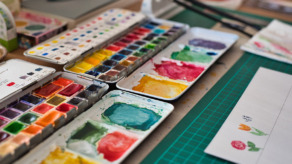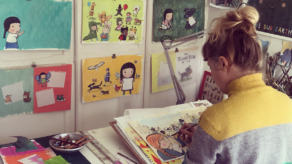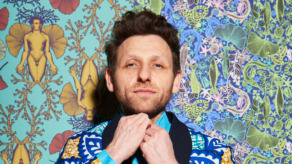Why we should take less photographs
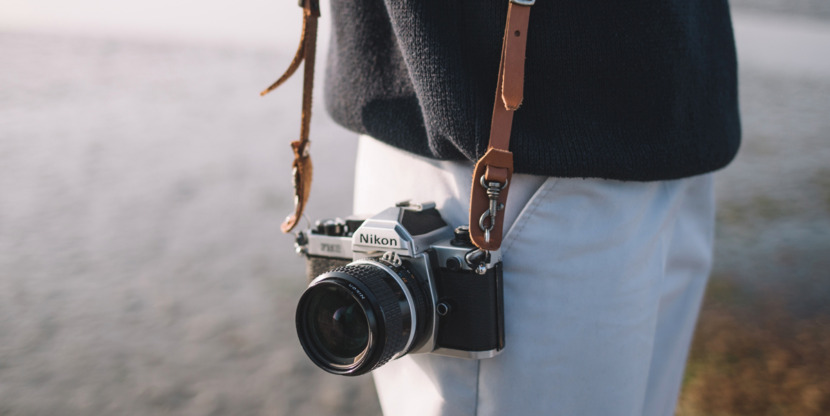
Do we really need 712 photographs from a single vacation or year in a child’s life? Journalist Sjoukje van de Kolk finds that one album is more than enough.
Ever since digital photography came onto the scene, the sky has been the limit. Even when we shot and developed rolls of film, I hardly ever got around to sticking all of my travel photos into albums, but since the simultaneous arrival of my children and digital photography, I’ve completely lost all control. But are all those phones and laptops full of photos ultimately making us happy?
Well, no. Because although it’s fun to take the photographs, once you have, they weigh on your mind: You have to select your favorites to print, or use that great software to make an album.
You feel you have to organize them into folders by year or by child. But you don’t even get around to that. And when it comes to the children themselves, you wonder whether they’re really going to be that pleased to have 15,980 photos of themselves. Or 36 albums of them blowing out candles, being in a school play or just sitting at the table looking cute.
Els Jacobs, a cultural anthropologist and professional organizer, recommends giving your child one album when they leave home—a kind of record of their childhood, a memento of the time they lived with you. But only one album. Not fifteen. And not a USB stick with thousands of photos. “It is precisely the limitation that makes a photo album special,” Jacobs says. “As a result, the story of your childhood is going to live far more in your mind than if every detail was recorded on a photo.
If you have an ‘airy’ photo album, one that has empty spaces in it, it gives you room for your own thoughts and feelings while you look at it. And if you want to know more, you go talk to your siblings, aunts or a former neighbor. The nice thing about an album with ‘gaps’ in it is that stories can be told to fill those gaps.”


